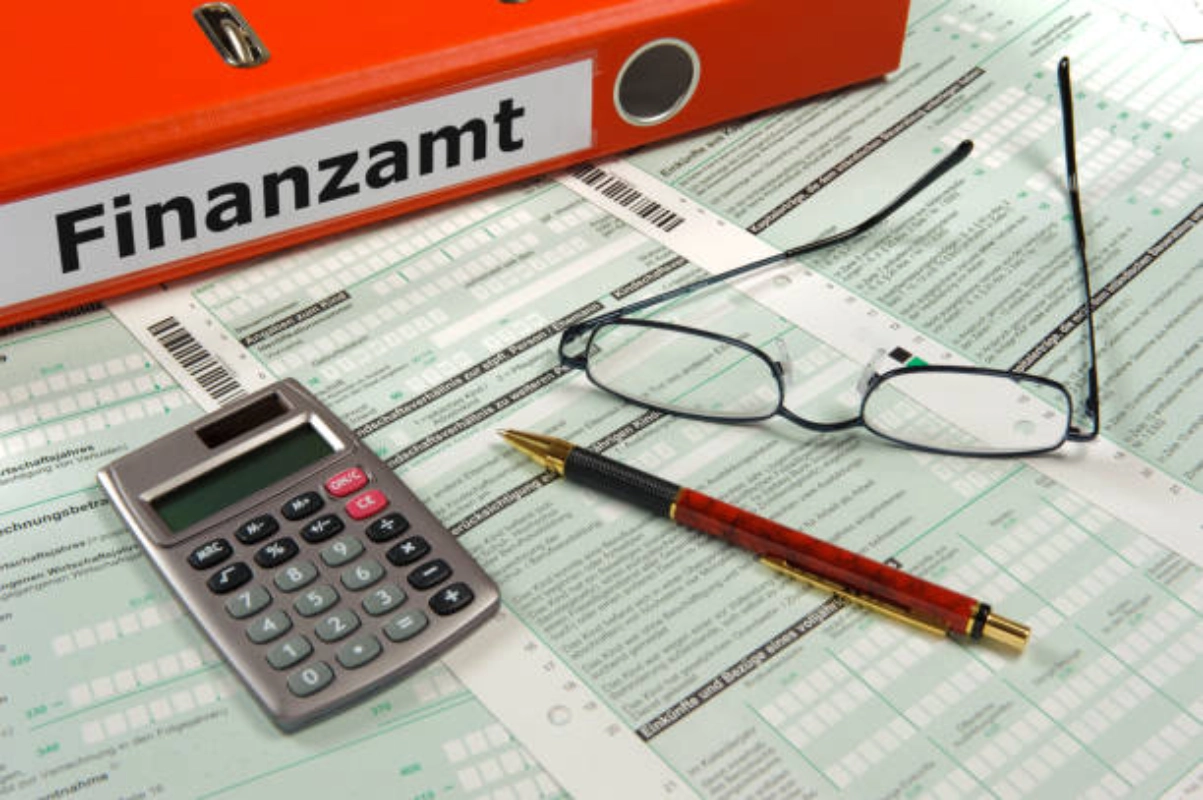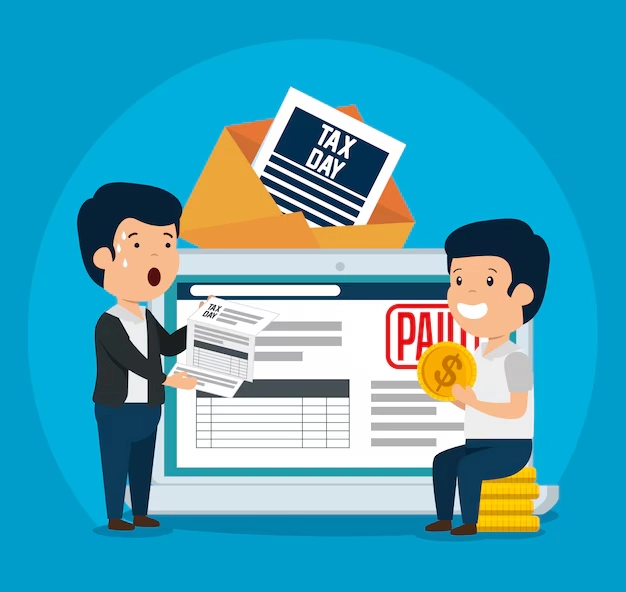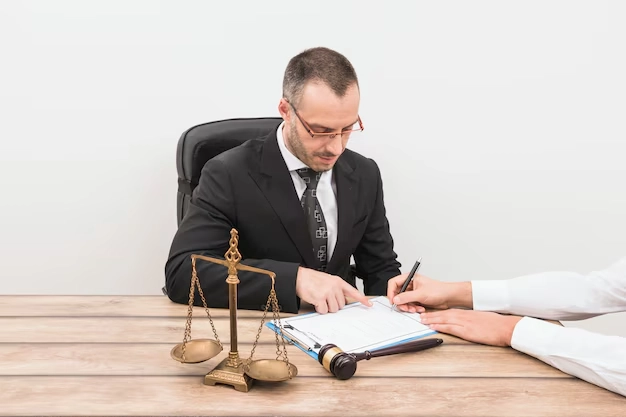Filing for Bankruptcy: Step-by-Step Process & Legal Requirement

Filing for Bankruptcy: Step-by-Step Process & Legal Requirements
Filing for bankruptcy can be a challenging decision, but it offers a fresh financial start for individuals and businesses struggling with debt. Bankruptcy is a legal process that allows you to eliminate or repay debts under the supervision of the bankruptcy court. This guide outlines the step-by-step process of filing for bankruptcy and the legal requirements involved, helping you make informed decisions.
Assessing Your Financial Situation
Before filing for bankruptcy, it is essential to assess your financial situation carefully. This step involves evaluating your debts, income, and expenses to determine whether bankruptcy is the best solution for you. Start by gathering all financial documents, including:
- Income statements
- Tax returns
- Bank statements
- Debt statements
- Credit card bills
Creating a detailed budget will also help you understand your financial position and evaluate your options. You can consult with a bankruptcy attorney or financial advisor to gain professional insights tailored to your specific circumstances. This step ensures you are prepared for the legal process ahead.

Choosing the Right Type of Bankruptcy
In the United States, the most common types of bankruptcy for individuals are Chapter 7 and Chapter 13. Each type has its legal requirements and benefits:
Chapter 7 Bankruptcy
Also known as liquidation bankruptcy, Chapter 7 allows you to eliminate most unsecured debts by selling off non-exempt assets. It is ideal for individuals with limited income and high debt.
Chapter 13 Bankruptcy
Chapter 13, also known as reorganization bankruptcy, allows you to repay debts through a structured payment plan over three to five years. This option is best for individuals with a steady income who want to protect their assets.
Understanding the differences between these options will help you choose the most suitable path for your financial situation. Seeking legal advice can further clarify which type of bankruptcy aligns with your financial goals.
Gathering Required Documents
Preparing and submitting the correct documents is a crucial part of the bankruptcy filing process. The documents you need include:
- Recent tax returns
- Pay stubs or income verification
- Bank account statements
- List of debts and creditors
- Property deeds and titles
Ensuring all information is accurate and up-to-date is critical to avoid delays in your case. Missing or incorrect documentation can cause unnecessary complications.
Completing Mandatory Credit Counseling
Before filing for bankruptcy, you must complete a credit counseling session from an approved agency. This session helps you explore alternatives to bankruptcy and ensures you understand the financial implications. Upon completion, you will receive a certificate that must be submitted with your bankruptcy filing.
You can find a list of approved credit counseling agencies on the U.S. Department of Justice website. This step is mandatory and failure to complete it can delay or dismiss your bankruptcy case.

Filing the Bankruptcy Petition
The next step is filing a bankruptcy petition with the court. This document outlines your financial situation, including your assets, liabilities, income, and expenses. Along with the petition, you will need to submit other forms such as:
- Statement of Financial Affairs
- Schedules of Assets and Liabilities
- Statement of Income and Expenses
Once filed, the court issues an automatic stay, which temporarily halts creditors from collecting debts or initiating lawsuits against you.
Attending the Meeting of Creditors (341 Meeting)
Approximately 21 to 40 days after filing your petition, you will attend a meeting of creditors, also known as a 341 meeting. During this meeting, the bankruptcy trustee and creditors may ask questions about your financial situation and documents. It is crucial to answer all questions truthfully and provide the necessary documentation.
The trustee will evaluate your case and determine whether your assets need to be liquidated (in Chapter 7) or if your repayment plan is feasible (in Chapter 13). Having legal representation can ensure you are well-prepared for this meeting.
Navigating the Court System
Understanding how the court system works during bankruptcy proceedings can ease your stress. The bankruptcy court will review your case, and a judge may be involved in certain situations. Here’s what to expect:
- Chapter 7: After the 341 meeting, the trustee may liquidate non-exempt assets to pay creditors. Remaining eligible debts will be discharged.
- Chapter 13: The court will review and approve your repayment plan. You must make regular payments for three to five years before receiving a debt discharge.
Receiving a Discharge of Debt
A discharge of debt means you are no longer legally obligated to repay certain debts. In Chapter 7, this typically happens within three to six months after filing. In Chapter 13, it occurs after completing your repayment plan. The court will issue a discharge order, legally eliminating your eligible debts.
It is important to note that some debts, such as student loans, child support, and certain taxes, may not be dischargeable.
Rebuilding Your Financial Future
After bankruptcy, rebuilding your financial future should be a priority. Start by creating a budget, monitoring your credit report, and practicing responsible financial habits. Some key steps include:
- Obtaining a secured credit card
- Paying bills on time
- Saving a portion of your income
Improving your credit score may take time, but consistent financial discipline can help you regain financial stability.

Seeking Legal Assistance
Navigating bankruptcy alone can be overwhelming. Hiring a bankruptcy attorney can provide valuable guidance throughout the process. A professional can help you with paperwork, represent you in court, and ensure you comply with legal requirements.
For more information, consider consulting a legal professional or visiting resources like Legal Case Review.
Additionally, reputable sources like U.S. Courts offer comprehensive information on bankruptcy procedures.
FAQs
1. Can I file for bankruptcy without an attorney? Yes, but it is not recommended. Bankruptcy laws are complex, and professional guidance can help avoid costly mistakes.
2. Will bankruptcy eliminate all my debts? Bankruptcy can discharge most unsecured debts, but some debts like student loans, child support, and certain taxes may not be eliminated.
3. How long does bankruptcy stay on my credit report? Chapter 7 bankruptcy stays on your credit report for up to 10 years, while Chapter 13 remains for seven years.
4. Can I keep my house if I file for bankruptcy? It depends on your bankruptcy type. Chapter 13 allows you to keep your home with a repayment plan, while Chapter 7 may require asset liquidation.
5. What is the cost of filing for bankruptcy? The filing fee for Chapter 7 is approximately $338, while Chapter 13 costs around $313. Attorney fees are separate and vary based on complexity.


